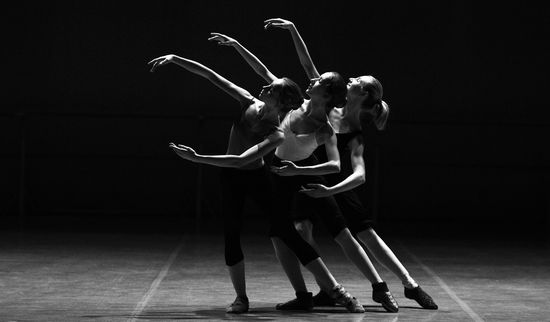Dance Funders: Consider Following the Bothin Foundation's Lead
/
By focusing solely on making capital grants that build capacity, the Bothin Foundation takes a refreshingly different—and enormously useful—approach to funding arts programs, including dance. While this foundation limits its grants to the Bay Area, foundations and funders immersed elsewhere could serve their community's dance organizations in similarly meaningful and impactful ways.
Some background: the Bothin Foundation is a long-standing institution, established back in 1917 by Henry E. Bothin, a San Francisco-based “Philanthropist of Steel.”
These days, the Bothin Foundation (pronounced "bo-THEEN") provides support for social services, education, the arts and environmental programs that substantially engage with low-income families and youth, or individuals with disabilities. When it comes to the arts—and therefore dance—this can often be easily categorized as "arts education." But there are other possibilities as well, in the area of audience outreach and beyond, in part because of the foundation's niche giving.
That niche is a valuable one: Bothin is wholly committed to providing capital investment grants intended to build the capacity of the nonprofit being funded. Examples the foundation gives of this: building improvements, vehicles, equipment and technology infrastructure (especially if it’s directly used by program participants).
In a 1999 interview, Lyman Casey, the foundation’s media-shy President of the Board of Trustees, noted, “We give some of the least sexy grants probably ever done.” He cited septic tanks as an example, and added, “We're probably the only foundation to ever do that!”
That point of pride for being unsexy is because the Bothin Foundation understands need. Its application doesn't explicitly ask about outputs, outcomes, or measurement/evaluation systems, as so many funders do. Rather, because the Bothin Foundation is looking to fund “durable” investments that “directly impact clients,” and projects that are immediately necessary or time-sensitive, it asks applicants to address its program in that context.
Examples of Bothin grants in dance include $25,000 to Dance Palace in Point Reyes Station. The funds were earmarked to replace stage risers, sound console and audio visual equipment.
The Bothin Foundation might enjoy some luxuries other funders do not. For starters, it is a family foundation, so it is not beholden to as many other entities as corporate foundations/giving programs are. Furthermore, as an established and widely respected philanthropic organization, it doesn't seem to worry about optics, and need not prioritize the quick marketing and press releases opportunities that could accompany newsier grants.
Not every funder has these luxuries, but it would be good if others could find a way to address significant capital improvement needs of dance programs.
RELATED:








